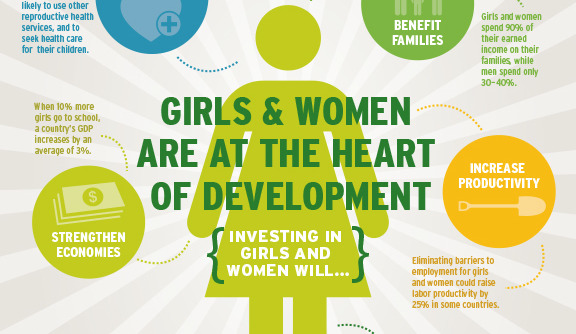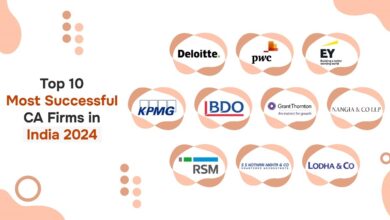
On July 19-20, 1848, the first-ever Seneca Falls Convention is launched to discuss the social, civil, and religious conditions of the rights of women and women empowerment. A seed was planted and a battle for equal rights for women in the United States initiated.
Just 21 years later, two competing organisations were formed by perhaps the most notable suffragist leaders to live; one by Susan B. Anthony and Elizabeth Cady Stanton, the other by Lucy Stone. After years of rivalry, the organisations merged in 1890 with Susan B. Anthony as the leading force – the National American Women Suffrage Association (NAWSA) was born as the nation-wide movement feverishly progressed.
“Men, their rights, and nothing more; women, their rights, and nothing less.” -Susan B. Anthony
On July 19-20, 1848, the first ever Seneca Falls Convention is launched to discuss the social, civil, and religious conditions of the rights of women. A seed was planted and a battle for equal rights for women in the United States initiated. Just 21 years later, tw
On April 18th, 1920, the 19th amendment is ratified, officially recognising women’s right to vote after decades of fighting, state-by-state. What exactly happened here?
A movement was initiated, gained momentum, and continues today in 2017, stronger than ever. Advocates supporting equal women’s rights continued to break down regulations and societal norms, previously acting as barriers to restrain the rights of women in the United States. Nearly 100 years later, women in the United States are still facing very noticeable glass ceilings that prevent them from participating in equal opportunities with men.
Venture Capital and Women Leadership
Venture capitalists have long been known as sharks in the startup community due to their typical goal of 10x return on investment. This is understandable because VCs invest in higher-risk startups with the intention to disrupt market segments or entire markets. Hence the focus on technology in Silicon Valley.
Startups in the pre-revenue stage are unlikely to be approved for large loans from banks, leaving VCs as sometimes the most viable option for entrepreneurs. Makes rational sense, expecting a 10x ROI is reasonable because a majority of their investments fail, but data suggests a darker picture … Fortune and TechCrunch report that among U.S. VC decision-makers, only 6% and 7% are female, respectively.
Source: National Venture Capitalist Association-Deloitte Human Capital Survey Report 2016
Consider the chart above. Firms with fewer than five employees consist of predominantly males and decreases to nearly half as the number of VC firm employees reaches 21 or more. Two genders, male-female, 50/50. Women don’t have the decision-making power to heavily influence who receives VC funding, but do women-led startups receive equal levels of investment capital?
Women-led Startups and Successful VC Funding
The short answer, no! In a 2016, Bloomberg reported statistics indicate that only 141 of the 2,005 startup founders receiving VC capital were female – that’s only 7%. The report continues to prove a major social barrier exists – companies founded by women received on average $77 million while startups led by men received $100 million. The cherry on top, women still receive only $0.79 to the man’s $1.00. Is there an alternative option that empowers females with an equal chance of raising capital?




